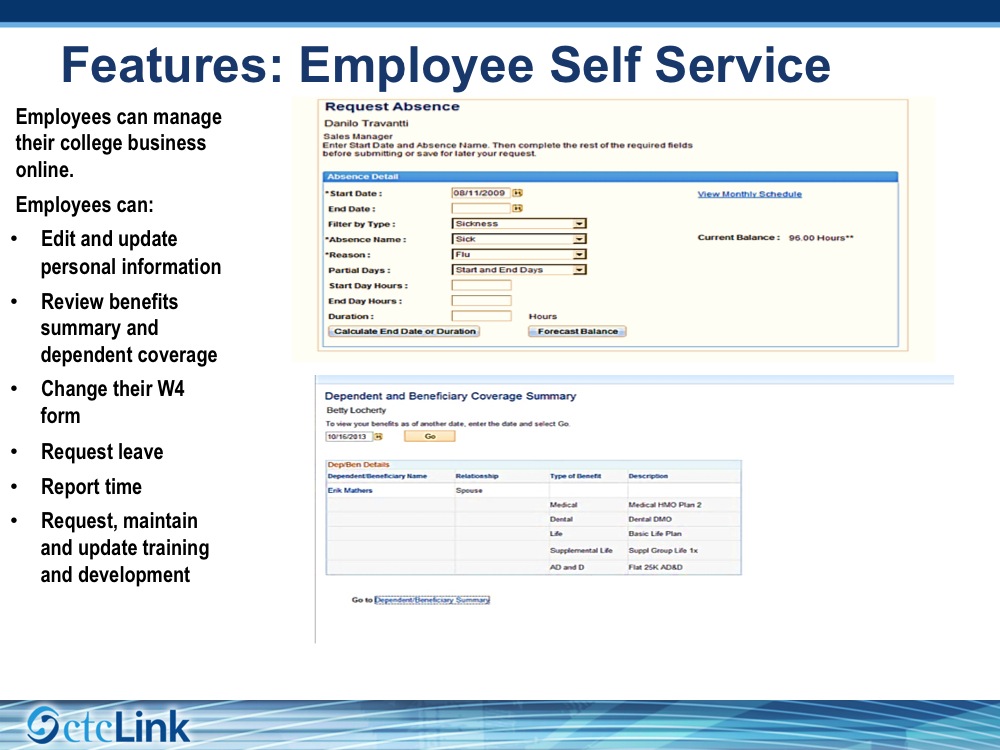
Director of Change Management Jane Beatty
In anticipation of upcoming statewide changes to the community and technical college system, Clark College recently hired experienced manager Jane Beatty to help guide the college through what will be a complicated but beneficial transition.
Beatty has been hired to oversee changes occurring across the college. A great place for her to start is with the college’s adaptation of ctcLink, a new, standardized system of online functions that will replace the current computer system used by Washington state’s 34 community and technical colleges (CTCs), which is more than 30 years old. In this position, which is expected to run for about five years, she will identify organizational changes required to make ctcLink successful at the college; represent the college in statewide discussions about ctcLink; and ensure that the college adheres to its schedule for ctcLink implementation. She will also work closely with stakeholders from all departments affected by ctcLink—departments as varied as Instruction, Enrollment, Financial Aid, Information Technology, Business Services, and Human Resources.
“This campus has a rich history and an energy that speaks of excitement, growth, and future possibilities for students, faculty, and staff,” said Beatty. “In learning more about the Director of Change Management position, I realized I could help the college understand, prepare for, and embrace the changes that are ahead of us. In order to fully reach our potential, change must take place. Working together, we can take Clark College toward that vision. I’m really pleased to be a part of that effort and a part of Clark College.”
“As our new Director of Change Management, Jane Beatty’s deep industry experience and understanding of systems implementation will really benefit Clark College,” said Clark College President Robert K. Knight. “She will be a great addition to the college and the executive leadership team.”
About Jane Beatty
Jane Beatty is an experienced leader and manager with a strong commitment to community service. Most recently she was the president of Custom Interface, Inc., a producer of electromechanical devices. Previous to that she worked at Intel Corporation in Human Resources, where she supported a worldwide software implementation that replaced legacy systems in finance, receiving and inventory and helped to drive training, change management and business alignment to the new system. Despite a two-decade history of success in the private sector, however, Beatty began her career as a high school teacher and welcomes a return to an academic environment.
Beatty earned her bachelor’s degree from Emory University and Masters in Education from Georgia State University. Both colleges are located in Atlanta, Georgia, where she was born.
Beatty recently relocated to Camas, Washington, from the Columbia Gorge, where she was an active member of the community. She served as president of the Gorge Technology Alliance, a non-profit that supports STEM education, building strong technology-related businesses and other means of community support. Additionally, she was a member of the Hood River City Council.
About ctcLink
ctcLink is the implementation of a single, centralized system of online functions that will give students, faculty and staff 24/7 access to a modern, efficient way of doing their college business. But it’s about much more than new software. As the existing legacy software is replaced with modern technology, all college districts will also redesign and align current business processes.
ctcLink will be a massive upgrade for the entire CTC system. Students, faculty and staff will have access to information from anywhere at any time, with many processes available from a mobile device. Students will use online tools for doing their college business and they’ll have a more common experience across the CTC system, whether they transfer from one college to another or attend two or more CTCs at once. They will have one student ID and use common online tools for everything from admission to graduation. Among many other things, colleges—and the system as a whole—will benefit from a single source for accurate and timely data and the standardization of select administrative processes to support efficiency and effectiveness across the system.
ctcLink is anticipated to take five-to-six years to fully implement. Two pilot colleges, Tacoma Community College and the Community Colleges of Spokane, have been chosen to begin implementation in summer 2014. Other colleges will follow in “waves” of up to eight colleges each. It has yet to be determined in which wave Clark College will be.
Photo: Clark College/Jenny Shadley



